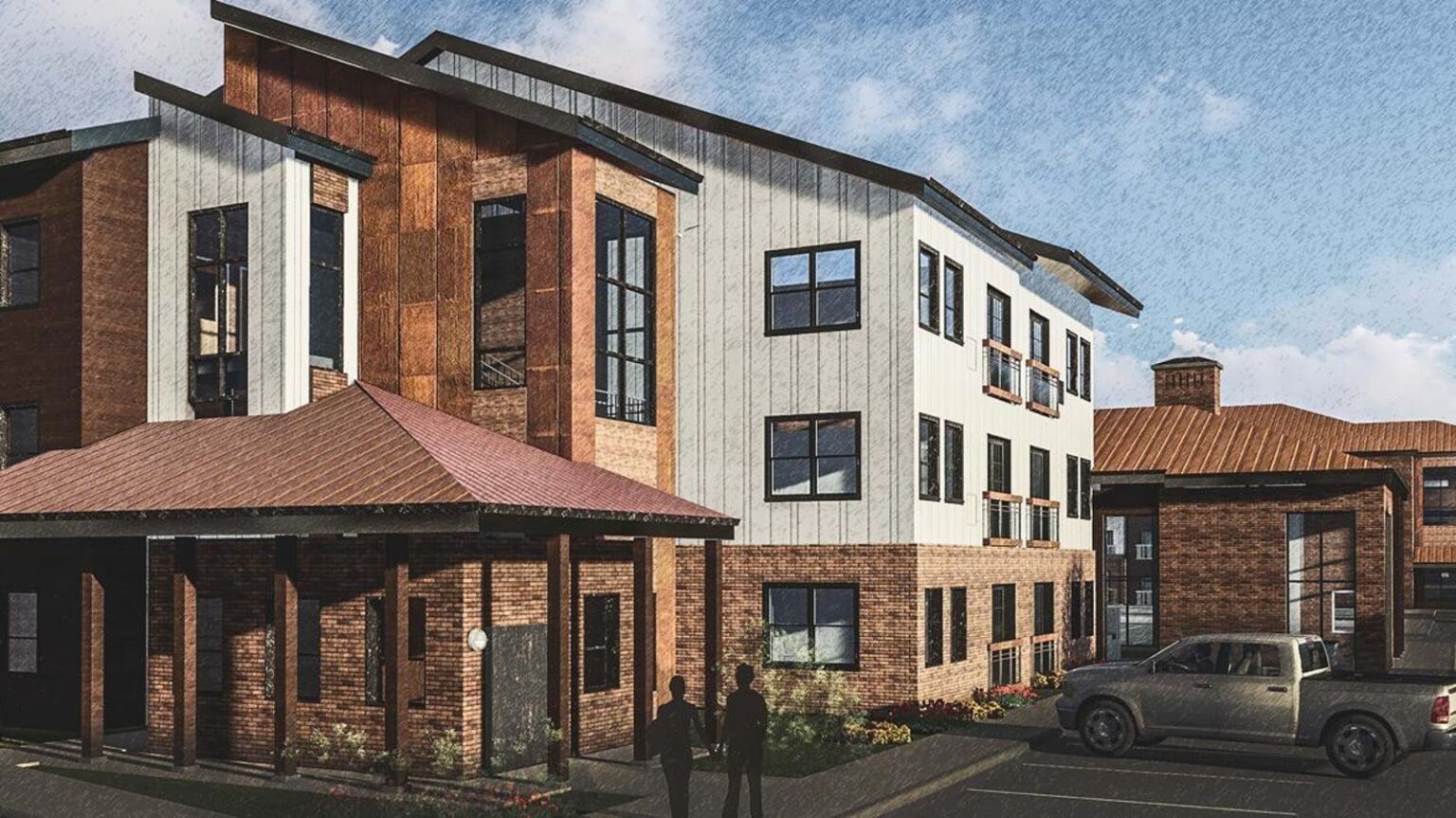The National Low-Income Housing Coalition reports the U.S. is plagued by a 7-million- unit affordable housing deficit. A 2022 Fannie Mae study stated the nation stood 2.2 million units short of sufficient units of workforce housing. Enterprise Community Partners reported that in a recent year, half of all renters nationwide were “cost-burdened,” a term defined as spending more than 30% of their incomes on housing.
While there’s been an expansion of affordable housing supply in the last half decade, demand remains high, according to Moody’s. As of the fourth quarter of last year, affordable housing vacancy rates were just 2.7%, versus 7.6% for Class A properties.
Where is the affordable housing deficit most acutely felt? Many housing experts would argue it’s in resort and vacation locales. In these areas, throngs of workers are needed to keep the resorts humming. But the dynamics of real estate markets have combined to drain the towns of reasonably-priced housing. Buyers in quest of second homes have snapped up and renovated many of the dwellings. Other homes have been acquired by investors seeking to rent them out to vacationers. Result: What scant rental housing remains tends to be priced beyond the budgets of resort workers.
First in decades
Among developments aimed at addressing this issue is Rifle Apartments, a 60-unit rental community in Rifle, Colo., proximate to the ski resort towns near Aspen.
Clad in brick, metal, stone, wood and fiber cement inspired by materials and tones of the environment encircling it, Rifle Apartments is the first family-oriented Low-Income Housing Tax Credit (LIHTC) project building in Rifle in two decades. The three-building community incorporates 30 one-bedroom, 20 two-bedroom and 10 three-bedroom residences earmarked for households earning from 30% to 80% of area median income (AMI). An all-electric community, it will minimize environmental impact.
“Rifle Apartments is a pioneering development that will provide much-needed affordable housing for lower-income workers in the region,” says Javonni Butler, vice president of development for Rifle Apartments’ developer Evergreen Real Estate Group, who heads the firm’s Denver office.
Noting hundreds of individuals and families tarry on the local housing authority’s waiting list, he says Evergreen is proud to work with the City of Rifle to create Rifle Apartments.
“Not only will workers and their families enjoy a modern, highly functional residence, but they will also have access to on-site amenities like a fitness center and playground, as well as beautiful mountain views and walkability to local shops and restaurants.”
Rifle Apartments isn’t the only income-restricted rental housing community being developed by Evergreen in Colorado. The company is also underway on a 170-unit income-restricted rental housing community in Denver’s Globeville neighborhood. In addition to housing, the property will incorporate a co-located Denver Public Library branch, as well as some 20,000 square feet of community-serving commercial space.
Elsewhere in the Centennial State, the City of Aspen recently reported the first phase of initial construction is underway on the city’s Lumberyard Affordable Housing Project.
Being developed near Airport Business Center, the development is slated to provide as many as 300 affordable deed-restricted housing units for Aspen’s workforce. In a prepared statement, the city reported the goal is to help ensure Aspen continues to be accessible for employees, residents, employers and visitors.
Positive impact
Orlando, Fla.-based Baker Barrios Architects stands among those creating workforce housing solutions to serve Sunshine State resorts and theme parks. The firm is in the process of bringing these concepts to other states as well. Baker Barrios understands solutions need to be considered not just for resorts, but for entities that employ large numbers of workers, be they corporations, universities or hospitals.
It’s in the best interests of major employers to do so, says Tim Baker, AIA, co-founder and CEO of Baker Barrios.
In the absence of attainable housing near their workplaces, many employees need to commute to distant bedroom communities, consuming precious time they could spend relaxing with their families. Long commutes negatively impact employees’ satisfaction with their work, and their employers’ ability to hold onto staff.
“It’s in the best interests of hospitality owners and developers to consider workforce housing components that will have a positive impact on their ability to not just attract but retain a long-term team that can raise the bar for the guest experience, since they as staff are being taken care of,” he says. “Depending on the priority level of an owner or operator on staff retention, they may also consider long-term community components in their plans, such as proximity to schools, healthcare and such, that are also part of a compelling and long-term-focused workforce housing and community offering.”
Read the full article here

